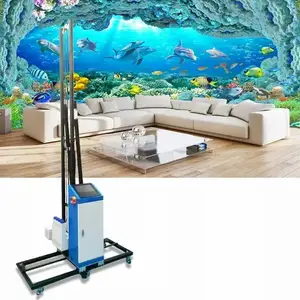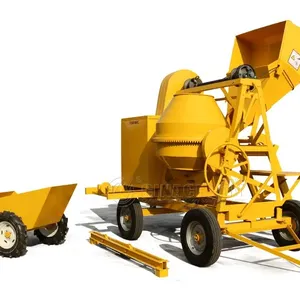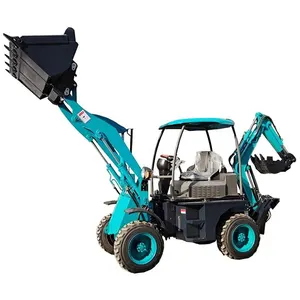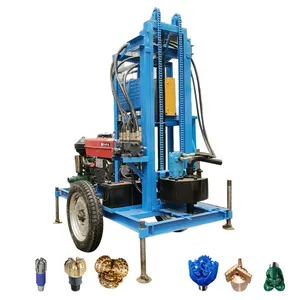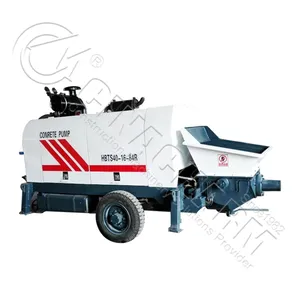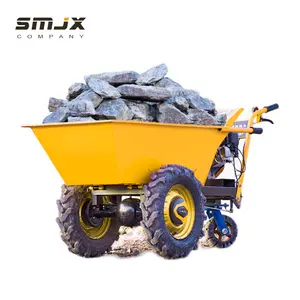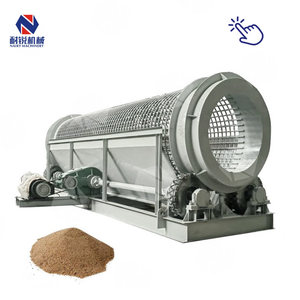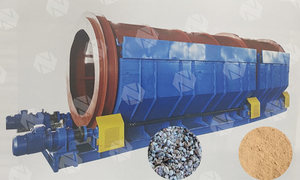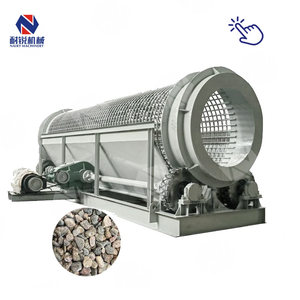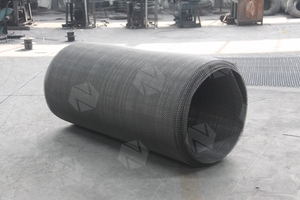Popular in your industry





























































































































































































Top categories
About aggregate sieve
Understanding Aggregate Sieves
An aggregate sieve plays a pivotal role in various industrial processes, where separation of materials is crucial. This equipment is designed to segregate particles of different sizes efficiently, a process that is fundamental in industries ranging from food processing to mining. The aggregate sieve's function is to filter out fine particles from coarser materials, ensuring the purity and quality of the final product.
Types and Applications of Aggregate Sieves
The diversity in sieve types caters to specific industry needs. For instance, the fine aggregate sieve size is critical in food production for separating minute particles, while the coarse aggregate sieve size is more suited for heavier industrial tasks, such as mineral extraction. The sieve for coarse aggregate is robust, designed to withstand the rigors of separating larger, heavier particles. Conversely, the sieve for fine aggregate is more delicate, often used in precision tasks such as filtering flour or brewing ingredients.
Features and Materials
Aggregate sieves come in various materials and designs, each selected for its durability and suitability for the task at hand. For example, stainless steel sieves are prevalent due to their resistance to corrosion and ease of cleaning. The sieve size of fine aggregate is often smaller, allowing for precise separation, while the sieve size of coarse aggregate is larger to accommodate bigger particles.
Advantages of Using Aggregate Sieves
The use of an aggregate sieve in material processing offers numerous advantages. It enhances the purity of the final product, increases efficiency in material separation, and reduces the time required for processing. Additionally, sieves are designed to be durable and low maintenance, making them a cost-effective solution in the long term.
Aggregate Sieve Testing and Standards
To ensure reliability and consistency, aggregate sieve test procedures are standardized. Documents such as ASTM C 136 PDF and AASHTO T 27 PDF provide detailed methodologies for conducting sieve analysis. These standards help industries maintain quality control and ensure that sieves meet the necessary specifications for effective separation.
Selecting the Right Aggregate Sieve
Choosing the correct aggregate sieve requires understanding the specific needs of the process. Factors such as particle size, material type, and processing volume all play a role in selecting the appropriate sieve. For specialized tasks, equipment like the aggregate shaker can be used in conjunction with sieves to facilitate the separation process. While Alibaba.com does not endorse specific products, the platform offers a wide range of options to suit various industrial requirements.
